The complex tissue consists of more than one type of cells which work together as a unit. Complex tissues help in the transportation of organic material, water, and minerals up and down the plants. That is why it is also known as conducting and vascular tissue.
- Collenchyma always absent.
- Composed of more than one types of cells.
Types of Complex Tissue
Xylem
- Tracheid
- Vessel
- Xylem parenchyma
- Xylem fiber
Phloem
- Sieve elements
- Companion cells
- Phloem parenchyma
- Phloem fiber
Best safe and secure cloud storage with password protection
Get Envato Elements, Prime Video, Hotstar and Netflix For Free
Best Money Earning Website 100$ Day
#1 Top ranking article submission website
Xylem
Xylem is one of the two vascular tissues that conducts water and minerals from root to tip of the plant. The word originates from ancient Greek ξύλον (xúlon meaning “wood”).
Tracheid
- Fundamental element in xylem. always present in xylem.
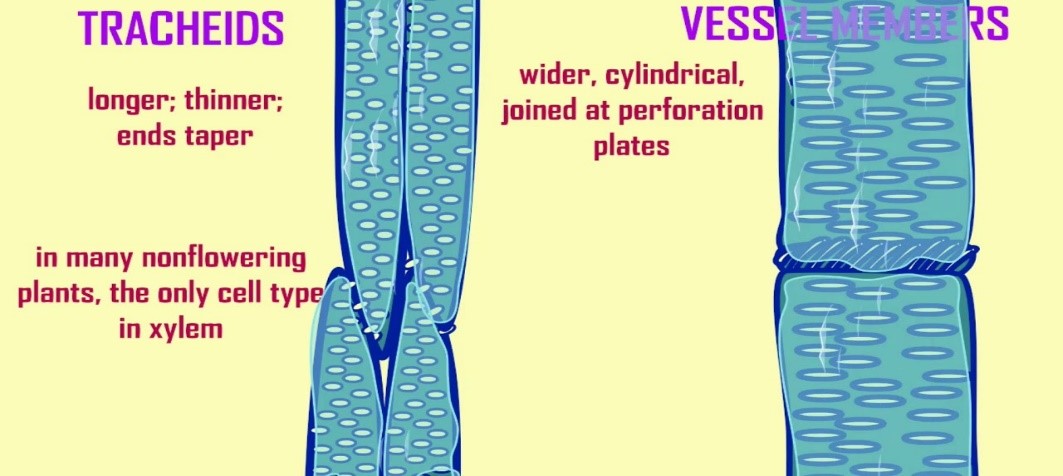
- Elongated tube like cell.
- Non-living cell.
- Thick wall (but not so much). Less thick than fiber cell.
- Secondary wall with primary wall.
- Tip not pointed rather tapering or round.
- Forms secondary wall (Secondary wall is tri-layered and formed inside).
- Secondary xylem has more sharply angular tracheid than that of primary xylem.
- Pits, more or less arranged are present.
- Thickness increases in the inner side of the cell wall.
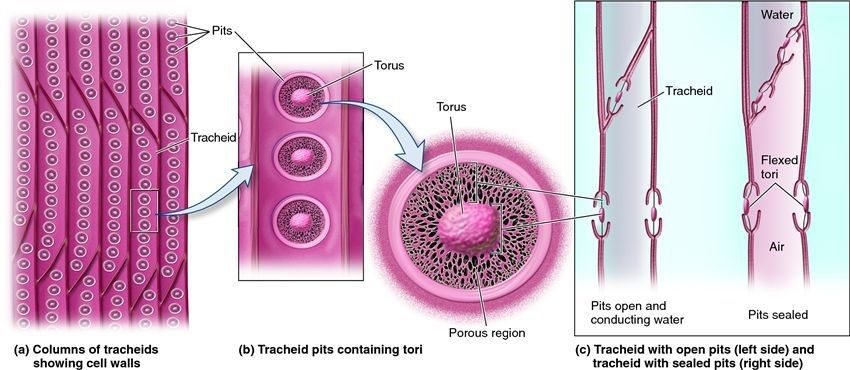
Tracheid types based on lignin deposition on primary wall.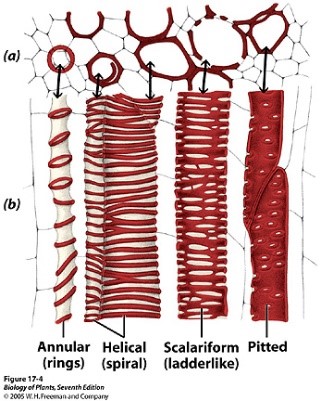
Annular
- Deposition of lignin in the inner surface of cell wall in the form of ring.
Spiral
- Deposition of lignin in the inner surface of cell wall in the form of spiral band.
Scalariform
- Deposition of lignin in the inner surface of cell wall in the form of transverse rod.
Reticulate
- Deposition of lignin in the inner surface of cell wall in the form of net.
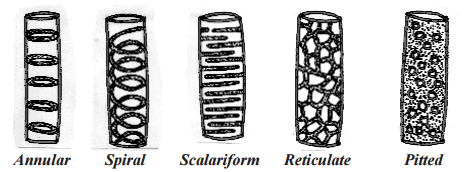
Xylem vessel
- Characteristic feature of angiospermic plant.
- Dead cell: No protoplasm; lignin present.
- Short cell.
- Width more.
- Cell wall thick but not so much (Thickest cell: fibre).
- Thickness is smaller than tracheid cells.
- Forms continuous tube like structure by end to end joining.
- Used for upward transport of water and mineral nutrients.
Forms
- Primitive
- Advanced
| Primitive vessel | Advanced vessel |
| Maintain the shape of tracheid. | Maintain the shape of cambium. |
| Have smaller diameter. | Short cell with much diameter. |
| Pits present. | |
Types
- Metavessel or metaxylem
- Protovessel or protoxylem
Perforation
- Opening in vessel element is called perforation.
- Opening is restricted to the end wall.
- A strip of cell wall between multiple perforations is called perforation bar.
- Area in which perforation is present is called perforation plate.
1. Simple perforation
- When perforation plate bears single pore.
2. Multiple perforation
- When perforation plate bears two or more pores.
- Only present in multiple perforations.
Exceptions
| Vessel absent | Dicot family | Monocot family |
| Trochodendraceae | Dracaena | |
| Tetracentraceae | Yucca | |
| Winteraceae |
| Vessel present | Gymnosperm |
| Gnetum | |
| Pteridophyte | |
| Selaginella |
- Good to know: Everything is produced from cambium.
Xylem parenchyma
- Living cell.
- Thin walled (Sometimes thick but thickness is caused by cellulose).
- May or may not have secondary wall (when secondary walls are present, pits are formed).
- Storage of food in the form of starch, fat, lipid etc.
- Helps directly or indirectly to carry water.
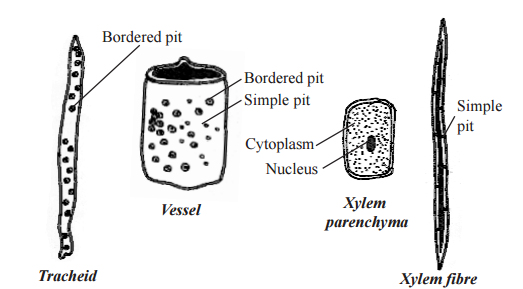
May form rail like structure.
2 types of arrangement: (Together known as secondary xylem)
1. Vertically
- Placed end to end.
- Elongated
- Also known as wood parenchyma or xylem parenchyma.
2. Horizontally
- Radial, tranverse series.
- Also known as wood ray parenchyma or xylem ray parenchyma.
Good to know
- Short type of parenchyma is common.
Xylem fibre
- Thick
- Dead
- Lignified
- Elongated and pointed tip.
- Sclerenchymatous
- Lumen short.
- Provides mechanical support or strength.
Phloem
- Sieve elements
- Companion cell
- Phloem parenchyma
- Phloem fiber or bast fiber
Sieve element
- Main conducting element of phloem.
- Elongated tube like structure.
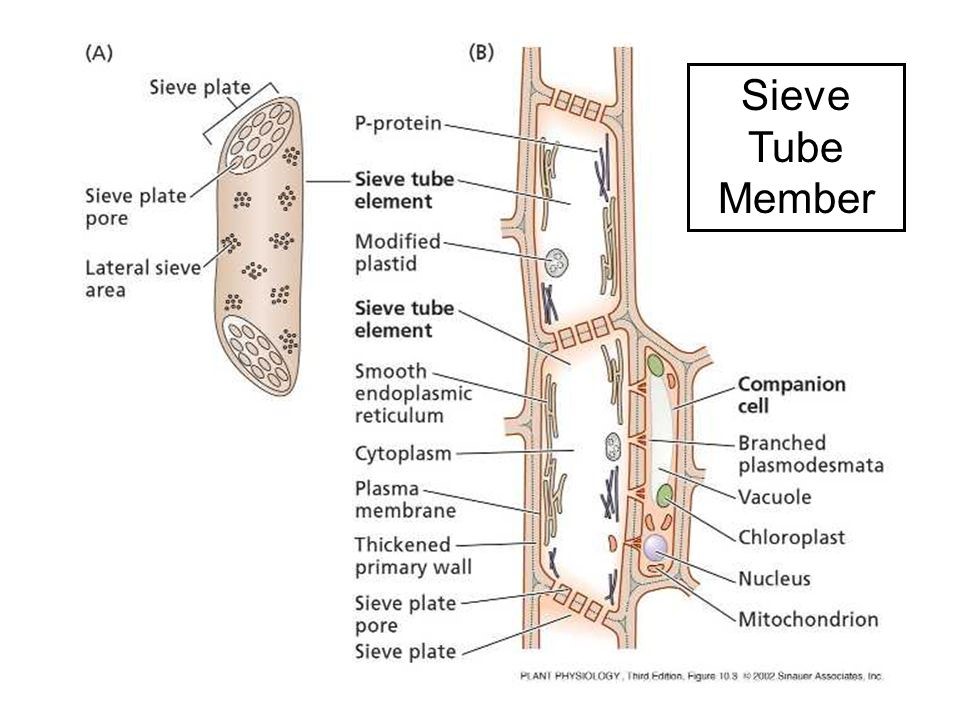
- Sieve area: Depressed area with group of perforation or pore or connecting area.
- Sieve area is present in the end wall.
- Perforation is used for transport. Through this, protoplasm and nutrients of different cells are connected and passed.
- The pores are encircled by chemical substances such as Beta-1,3-glucan.
- In a sieve area, connecting strands are enclosed by chemical substances which are called callose. The wall of sieve area is a double structure which is composed of two primary walls.
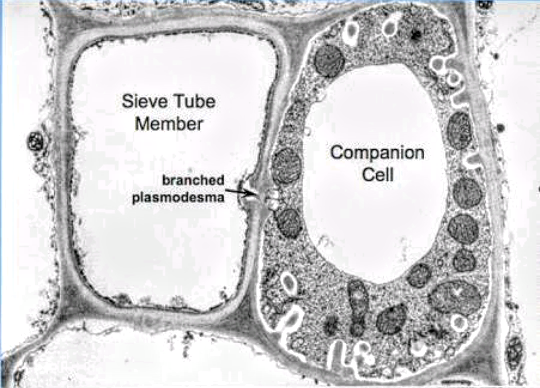
- Sieve plate: The plate or wall where sieve area is present.
Simple sieve plate
-
- Only one sieve area.
Compound or multiple sieve plate
-
- Two or more sieve area.
Sieve elements have two forms:
1. Sieve cell
- Primitive form.
- Single cell.
- No series of united cells.
- Found in lower group of organisms such as pteridosperm and gymnosperm.
- In pteridosperm, sieve cell and phloem parenchyma are present.
- In gymnosperms, sieve cell, phloem fibre and phloem parenchyma are present.
2. Sieve tube
- Advanced and specialized form.
- Series of united cell.
- In angiosperms, all are present. (????)
- Lack nucleus.
Companion cell
- Special type of parenchyma cell.
- Always associated with sieve tube.
- Living (abundance of cytoplasm).
- Nucleus of the companion cell serves as the nucleus of the sieve tube.
- Helps in transport.
- No storage of starch grain.
- Shape round, rectangular etc.
- Small
Origin
- By longitudinal division of the sieve tube (Two cells are formed. One acts as sieve tube and another as companion cell).
Number
- Companion cell may divide by transverse division. So, companion cells may be one or more than one (row of companion cells).
- Confined in number in particular genus and family.
- Single companion cell in primary phloem and herbaceous plant.
- More than one companion cells in secondary phloem and woody plants.
Phloem parenchyma
- Parenchyma cells present in phloem are known as phloem parenchyma.
- Activity is concerned with living parenchyma.
- Elongated and oriented or adjacent with sieve tube.
- No chlorophyll.
- Tannin and resin may be present.
- Two systems of parenchyma:
- Vertical system also called phloem parenchyma.
- Horizontal system also called phloem ray parenchyma.
- Numerous pits are present.
- Phloem parenchyma is not found in many or most of the monocot plant.
Phloem fiber or bast fiber
- Fiber cells are usually elongated, tube like; pointed tipped; thick walled; have small lumen and sclerenchymatous.
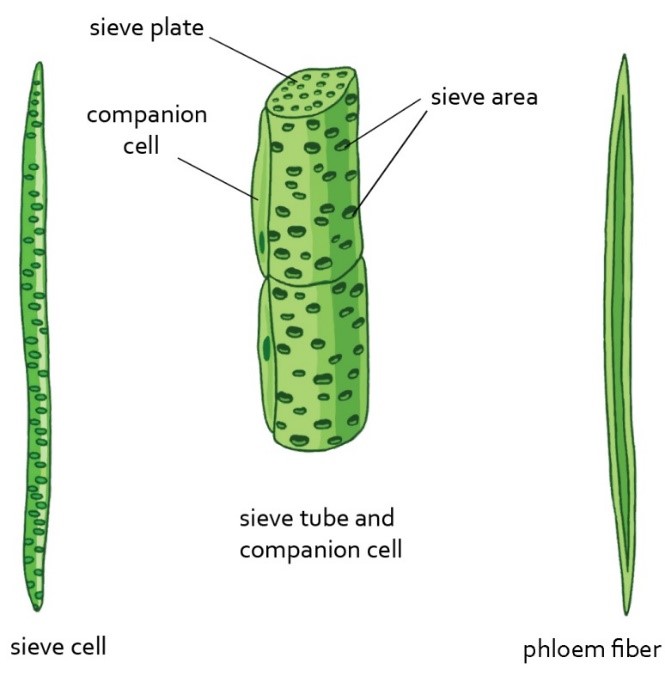
- Associated with sieve tube.
- Phloem fiber is the most prominent part both in primary and secondary phloem of phloem tissue in most flowering plants.
- Pteridosperm: Phloem fibre absent.
- Gymnosperm: Phloem fiber present (may be absent too).
- Pits always present.
- Wall is lignified (e.g. Cannabis) or non-lignified (e.g. Linum).
- In lignified wall, wall is thickened by lignin whereas in non-lignified wall, wall is thickened by cellulose or pectin.
Economic importance
- Very long fibre.
- Used to produce mat, carpet etc.
 Plantlet The Blogging Platform of Department of Botany, University of Dhaka
Plantlet The Blogging Platform of Department of Botany, University of Dhaka
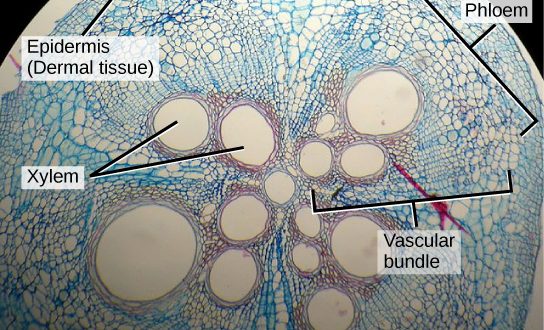

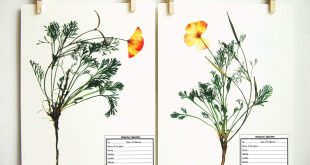

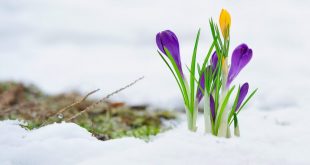
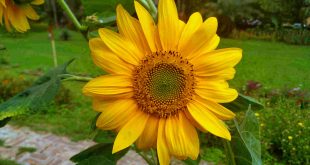
The point of view of your article has taught me a lot, and I already know how to improve the paper.